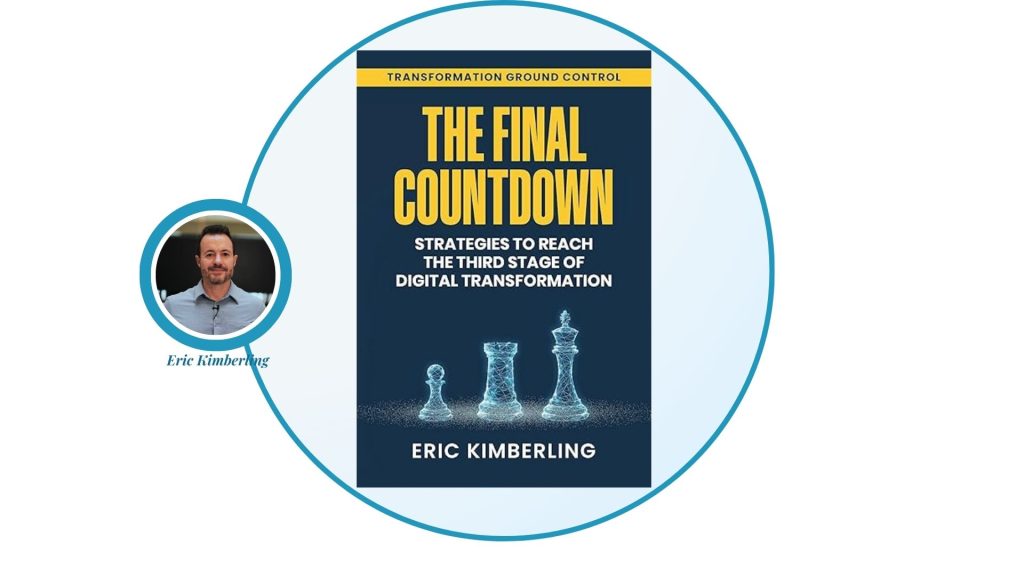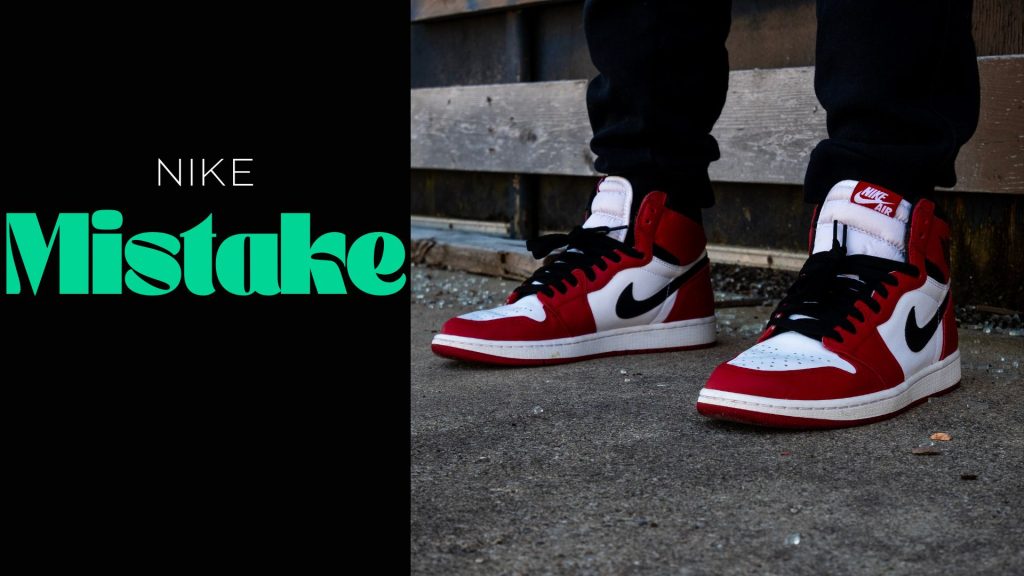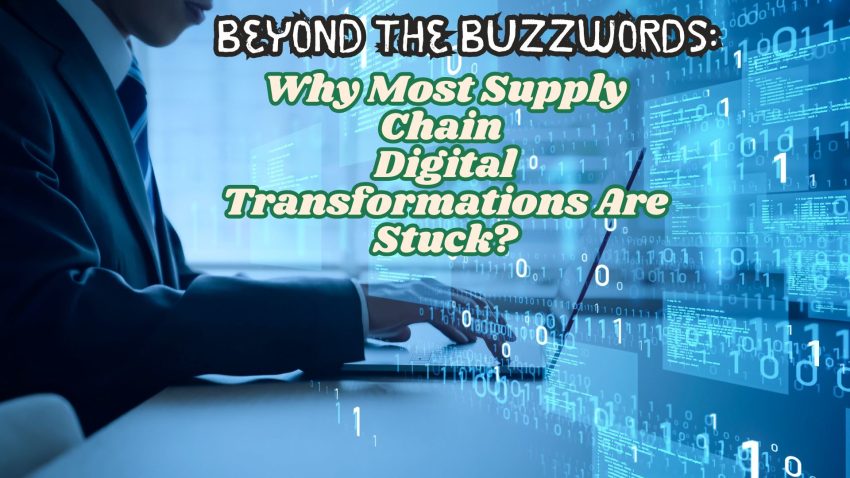A supply chain leader’s perspective on Eric Kimberling’s “Final Countdown: Strategies to Reach the Third Stage of Digital Transformation“
The supply chain world is drowning in digital transformation promises. Every vendor claims their solution will revolutionize your operations. Every conference speaker talks about AI-powered forecasting, blockchain transparency, and IoT-enabled visibility. Yet despite billions invested in new technologies, most supply chain organizations are still struggling with the same fundamental challenges they faced a decade ago.
Eric Kimberling’s “Final Countdown: Strategies to Reach the Third Stage of Digital Transformation” offers a sobering explanation for why. Most of us aren’t actually digitally transformed – we’ve simply digitized our existing processes and called it transformation.

The Three Stages Reality Check
Kimberling’s framework breaks digital transformation into three distinct stages, and the supply chain implications are profound:
Stage One: Digitization – This is where most supply chain teams start. We replace paper-based processes with digital equivalents. Purchase orders move from fax machines to EDI. Inventory tracking shifts from clipboards to handheld scanners. It’s necessary, but it’s not transformation.
Stage Two: Digital Optimization – Here’s where we start seeing real efficiency gains. We implement advanced planning systems, deploy predictive analytics for demand forecasting, and automate routine procurement decisions. Many supply chain organizations get comfortable here and mistake optimization for transformation.
Stage Three: True Digital Transformation – This is where technology, people, and processes achieve complete integration. Your supply chain becomes an adaptive, intelligent network that doesn’t just respond to disruption – it anticipates and prevents it.
The uncomfortable truth? Most supply chain organizations are stuck between stages one and two, despite having invested millions in “transformational” technologies.
Why Supply Chain Transformations Fail: Lessons from the “Nike Mistake”

Kimberling references what he calls the “Nike mistake” – a cautionary tale about focusing on technology implementation while neglecting the foundational elements of change management and organizational readiness. In supply chain, this mistake manifests in several familiar ways:
The ERP Trap: Organizations spend years implementing new ERP systems, focusing on technical configurations while ignoring how the system will change daily workflows, decision-making processes, and collaborative relationships with suppliers and customers.
The Data Delusion: Teams invest heavily in data lakes, analytics platforms, and AI tools, assuming that better data automatically leads to better decisions. They overlook the cultural and process changes needed to turn insights into action.
The Automation Assumption: Companies automate existing processes without questioning whether those processes should exist at all. They achieve faster execution of suboptimal workflows rather than reimagining how work should be done.
The Supply Chain-Specific Transformation Framework
Applying Kimberling’s insights to supply chain operations, here’s what true third-stage transformation looks like:
People: Building Digital-First Teams
True transformation requires supply chain professionals who think differently about their roles. Instead of order processors, we need demand interpreters. Instead of inventory managers, we need flow orchestrators. Instead of vendor managers, we need ecosystem partners.
This isn’t just about training people on new systems – it’s about fundamentally changing how supply chain teams approach problem-solving, decision-making, and stakeholder collaboration.
Process: Reimagining End-to-End Flows
Third-stage supply chains don’t just optimize individual functions – they redesign entire value streams. This means breaking down silos between procurement, manufacturing, logistics, and customer service to create seamless, responsive flows that adapt to changing conditions in real-time.
Consider how Amazon’s supply chain operates: it’s not just efficient logistics or smart inventory management. It’s a completely integrated ecosystem where customer behavior instantly influences purchasing decisions, which immediately impact supplier relationships, which automatically adjust fulfillment strategies.
Technology: Integration Over Implementation
The technology focus shifts from implementing individual solutions to creating integrated platforms that enable continuous adaptation. This means investing in architectures that can evolve, APIs that enable seamless data flow, and systems that learn and improve autonomously.
The Governance Challenge
One of Kimberling’s most valuable insights for supply chain leaders is the critical importance of transformation governance. Without proper oversight and alignment, digital initiatives become expensive experiments that never scale.
In supply chain, this governance challenge is particularly complex because transformation efforts must coordinate across multiple functions, business units, and external partners. Success requires clear accountability for outcomes, not just project deliverables.
Making the Leap: Practical Steps for Supply Chain Leaders
Based on Kimberling’s framework, here are the critical steps for moving your supply chain to true digital transformation:
Start with Strategic Clarity: Before investing in any new technology, clearly define what business outcomes you’re trying to achieve. Are you trying to reduce costs, improve service levels, increase agility, or enable new business models?
Assess Organizational Readiness: Honestly evaluate whether your team has the skills, mindset, and cultural foundation to succeed with transformation. If not, invest in change management first.
Design for Integration: Plan technology investments as part of an integrated ecosystem, not as standalone solutions. Consider how each new capability will connect with and enhance your existing infrastructure.
Focus on Business Alignment: Every digital initiative must clearly connect to measurable business outcomes. Avoid the temptation to pursue interesting technologies that don’t directly support your strategic objectives.
Build Transformation Governance: Establish clear oversight structures that can coordinate cross-functional efforts, make tough decisions about resource allocation, and hold teams accountable for results.
The Competitive Imperative
The stakes for getting this right are higher than ever. Supply chains that achieve true digital transformation don’t just operate more efficiently – they become sources of competitive advantage that are difficult for competitors to replicate.
These transformed supply chains can pivot quickly when disruptions occur, identify new opportunities before competitors recognize them, and deliver customer experiences that create lasting loyalty.
Meanwhile, organizations stuck in stages one and two find themselves constantly playing catch-up, reacting to disruptions rather than anticipating them, and competing primarily on cost rather than value creation.
The Path Forward
Kimberling’s “Final Countdown” isn’t just another book about digital transformation – it’s a strategic roadmap for avoiding the pitfalls that have derailed countless supply chain initiatives. The framework provides a clear lens for evaluating where your organization stands today and what’s required to reach true transformation.
The question isn’t whether to pursue digital transformation in supply chain – that decision has already been made by market forces. The question is whether you’ll achieve true transformation or remain stuck in the early stages while competitors pull ahead.
The countdown to true digital transformation has begun. The question is: will your supply chain be ready when time runs out?
What stage of digital transformation is your supply chain currently in? What barriers are preventing you from reaching the third stage? Share your experiences and insights in the comments below.

1 thought on “Beyond the Buzzwords: Why Most Supply Chain Digital Transformations Are Stuck?”